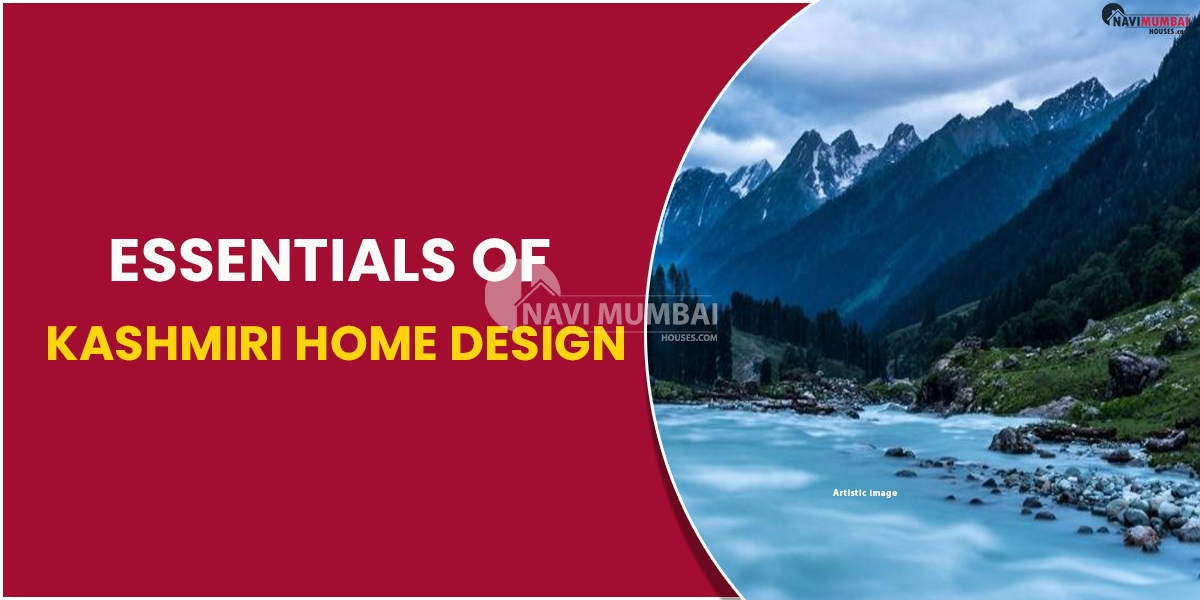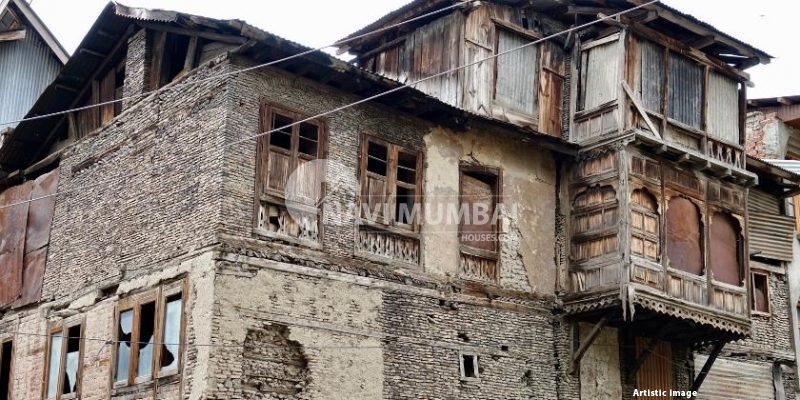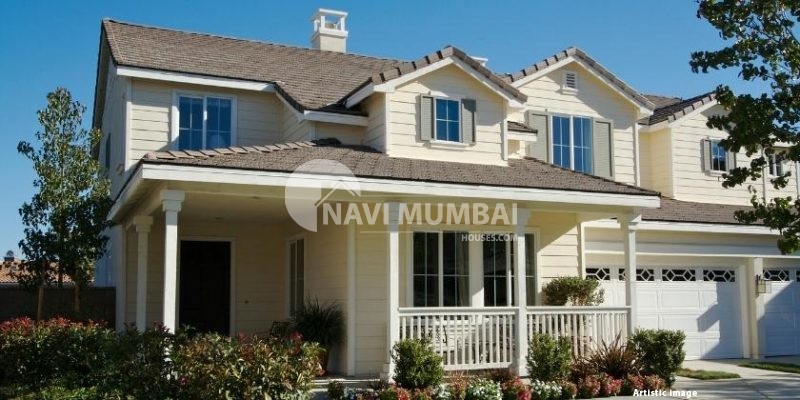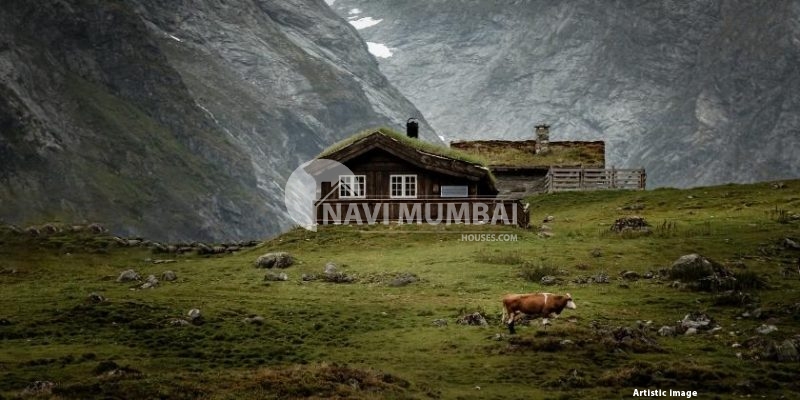
Essentials of Kashmiri Home Design
Historical Context for Kashmiri Architecture
Kashmiri architectural styles have a long history and have been influence by several civilizations and customs. The Buddhist era, which began in the third century AD, left its mark on the stone architecture in the form of monasteries, stupas, and other stone constructions. Stone construction, largely in the form of temples, was favor during the Hindu empire, which began in the fourth century and last until the eleventh.
Turkish supremacy in following centuries left its stamp on brick and timber architecture, which is largely present in mosques and shrines today. Naqashi (paint lacquer) and khatamband (woodwork involving the fitting together of several wooden components) were both brought to Kashmir by artisans from the Middle East. Timber and stone construction were prioritize by the Afghan and Mughal emperors. The robust Kashmiri house designs utilize in homes and houseboats represent the valley’s wealth of art and architecture.
Are you looking for titwala 1 bhk price?
Traditional Kashmiri Home Designs
Srinagar, the state’s summer capital, is home to several examples of the traditional Kashmiri house style. The stunning historical buildings in Srinagar have been there for a very long time. Greater floor space and city interiors are necessary for modern design, yet it still incorporates several historically significant Kashmiri home types that are suitable for the local climate, geography, and population.
According to their floor layouts, structures traditionally fall into one of two groups when using Kashmiri home design. These homes have square or linear floor plans and both have windows facing all directions.
Each house in Kashmir is design with a Zoon Dub, a balcony that hangs above the house and is use for moon (zoon). Fine PinjeraKari artistry is use to embellish the eaves and staircases. The indoor ceilings of a Kashmiri home design could include khatamband panels, intricate geometric patterns that date back to Persian culture, or what appears to be woodwork. These are create from deodar or walnut.
Based on the kind of construction, the traditional Kashmiri home designs are further divided into Taq architecture and Dhajji Dewari. Let’s look at it.
Houses Designed by Dhajji Dewari

A wooden structure and rafters are employee to build the Dhajji Dewari in this Kashmiri home style. Then, using clay or lime mortar, it is methodically pack with flat, huge stones or bricks, and any residual spaces are fill with stone flakes. Wire mesh is tack to the walls to add strength and stop the stones from falling out. These materials are more adaptable than structural concrete, which makes them more adapt to resist earthquakes. They are employee in such Kashmiri home designs.
Structure of Taq Houses

Taq is a distinctive building method that is well-like in Srinagar. A Taq home might have several stories and yet withstand earthquakes. The walls are built from a mix of sun-dire bricks and crush stones, and are position on solid mud foundations with load-bearing supports at regular intervals throughout the length of the building.
The foundation, lintel, and base levels can be stabilize by fastening horizontal wood lacings to them. The wooden floor joists are cram between several pairs of wooden lacings when they are fit at different floor levels. As a result, the hardwood beam acts as a link between the walls and foundations of the buildings.
Kashmir’s are compel to spend more time indoors during the winter. Traditional Kashmiri homes’ capacity to maintain heat throughout the winter is greatly influence by their layout and construction.
Traditional Kashmiri dwellings are frequently built with their southern sides towards the sun to maximize light. A single door is frequently found in one-story structures with several windows. The thick brick walls are insulate with mud and straw coatings and small glass windows.
Modern Kashmiri Home Designs

Technology improvements have significantly altered the way of life and architecture of the people of Kashmir. Modern materials like concrete and iron are use in Kashmiri house designs in place of mud and wood. Traditional building techniques are becoming less prevalent in Kashmiri house architecture, and non-native cement-built homes are taking their place. Modern conveniences are include in every new house.
A hamam or under floor heating is a need in Kashmiri homes during the winter months when the temperature goes well below zero. A hamam is a room with a limestone floor that has been hewn into huge, symmetrical stones by hand.
Bricks that have been cement with lime mortar cover the inside walls of the hamam. The floor is cover with sand and rocks that act as heat insulators and retainers. The hamam has a little iron doorway through which firewood is kept. There is a funnel that goes from the ground up to the rooftop to remove the soot.
Kashmiri Design: The Lavish Houseboats

The first houseboats in Srinagar develop during the 19th century, when Europeans were drawn to Kashmir’s natural beauty and wish to buy land there to settle down. However, a roadblock remain in their path because it is still prohibit for foreigners to acquire property in Kashmir.
The Europeans came up with a clever solution by coming up with the idea of constructing boat-like homes on Kashmir’s waterways. This was a compromise they came up with to follow the laws put in place by the government, and it was this original idea that gave the Kashmiri houseboats life.
Even after British rule over India ended in 1947, the houseboat custom continue and expand as more visitors came to Kashmir. A houseboat has a number of rooms and facilities, much like a typical house. The lobby is known by the nicknames metheab, the kitchen is known as bushkan, and the corridor is known as dorak. Native Kashmir’s reside in houseboats on Dal Lake.
The majority of houseboats feature five to six fully furnish apartments. On the furniture, there is a lot of gorgeous wood carving. The houseboat’s several rooms are also embellish with Kashmiri workmanship.
The appeal of a wooden houseboat has attract a lot of tourists to Kashmir throughout the years. A stay on a Kashmiri houseboat seems like a vacation in the heart of nature since they are so beautifully adorn.
Design of Kashmiri Homes: Elegant Wooden Cottages

A portion of Kashmiris continue to live in the forest preserves, where they nonetheless have a unique way of life, despite the area having undergone significant development. Living in wooden houses is difficult since their architecture has changed over many centuries. Although brick, cement, and iron are the most common building materials, many Kashmiris continue to employ timber and clay when making their homes.
In the upper altitudes. Kashmiri home designs with metal sheet roofs are made of wood and clay and are surround by cedar-cover mountains. Clefts are saw out of wooden logs. After the building of the structure’s walls, the roof is cover with tin sheeting and fasten with iron nails. After that, the floor is fully finish and the rooms, windows, and doors are install. Then, as part of Kashmiri home design, mud is fill into gaps and crevices to keep out water and cold.
You’re looking for New Projects in Thane we have the Best New Projects in Thane like Ready to Move & nearby possession: https://navimumbaihouses.com/properties/search/thane-all/
If you want daily property update details please follow us on Facebook Page / YouTube Channel / Twitter








